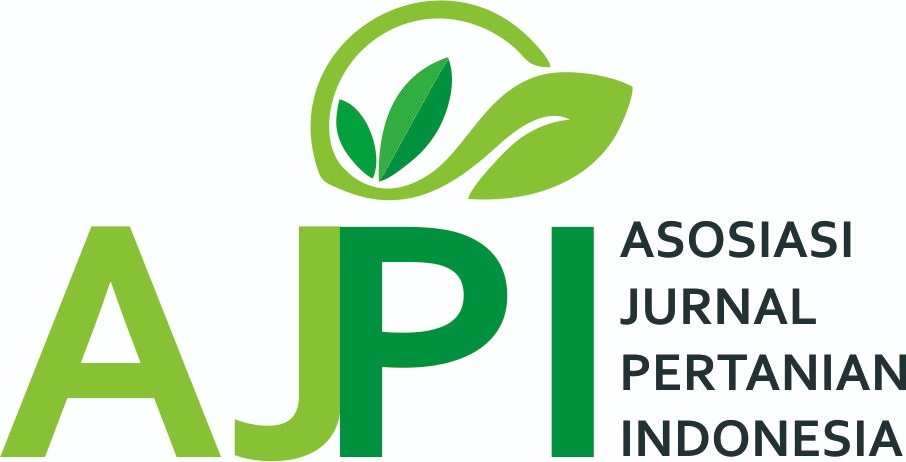Analysis Of Robusta Coffee Supply Chain Through The Food Supply Chain Network Approach
Abstract
Rejang Lebong Regency is the producer center of robusta coffee in Bengkulu, the production continues to increase. Robusta coffee marketing in Rejang Regency is generally interesting because most of the sales objectives of robusta coffee from farmers are to coffee processing companies, both inside and outside the province. It’s suspected that there are variations in the production of robusta coffee in Rejang Lebong Regency, so that robusta coffee business actors have different marketing channels according to the limited supply they have. Based on the results of the research on 37 people who were selected by purposive sampling and through the Food Supply Chain Network (FSCN) approach, the robusta coffee supply chain conditions were running smoothly. This can be seen from the integration or cooperation between supply chain actors that have been established, especially with the coffee processing industry. There are 3 marketing channels for Robusta coffee in Rejang Lebong Regency and can assess the performance of its supply chain. Through the analysis of the marketing margin and the farmer's share shows that the Robusta coffee supply chain on channel 3 is more efficient than channel 1 and channel 2 because it has the lowest margin and the highest share of farmers.
Downloads
References
Ahmad S, Ullah A. 2013. Driving forces of collaboration in supply chain: a review. Interdisciplinary Journal of Contemporary Research in Business November 2013;5(7): 39-69.
[BPS] Badan Pusat Statistik Kabupaten Rejang Lebong. 2018. Kabupaten Rejang Lebong dalam Angka 2018. BPS Kab Rejang Lebong.
Direktorat Jenderal Perkebunan. 2016. Statistik Perkebunan Indonesia 2015-2017 Kopi. Kementerian Pertanian. Jakarta.
[ICO] International Coffee Organization. 2019. Historical data total production by all exporting countries [internet]. [diakses Juli 2019]. Tersedia pada http://www.ico.org/prices/po-production.pdf.
Jumiati E, Darwanto, Hartono, Masyhuri. 2013. Analisis Saluran Pemasaran dan Marjin Pemasaran Kelapa dalam di Daerah Perbatasan Kalimantan Timur. AGRIFOR: 12(1). 1-10
Mathuramaytha C. 2011. Supply chain collaboration–what‟s an outcome?: a theoretical model. International Proceedings of Economics Development and Research; 11(2011): 102-108.
Noviantari K, Hasyim AI, Rosanti N. 2015. Analisis Rantai Pasok Dan Nilai Tambah Agroindustri Kopi Luwak Di Provinsi Lampung. JIIA: 3 (1). 10 – 17.
Sridharan M, Simatupang TM. 2009. Managerial views of supply chain collaboration: an empirical study. Gadjah Mada International Journal of BusinessMay-August 2009; 11(2): 1-21.
Sukayana IM, Darmawan DP, Wijayanti NPU. 2013. Rantai Nilai Komoditas Kentang Granola di Desa Candikuning Kecamatan Baturiti Kabupaten Tabanan. E-Jurnal Agribisnis dan Agrowisata. Vol 2(3): 99-108.
Van der Vorst JGAJ. 2006. Performance measurement in agri-food supply chain networks. Di dalam: Ondersteijn CJM, Wijnands JHM, Huirne RBM, Van Kooten O, editor. Quantifying The Agri-food Supply Chain. Netherland (NL): Springer. Hal 13-24
Author retains the copyright and grants the journal the right of first publication of the work simultaneously licensed under the Creative Commons Attribution-ShareAlike 4.0 License that allows others to share the work with an acknowledgement of the work's authorship and initial publication in this journal













